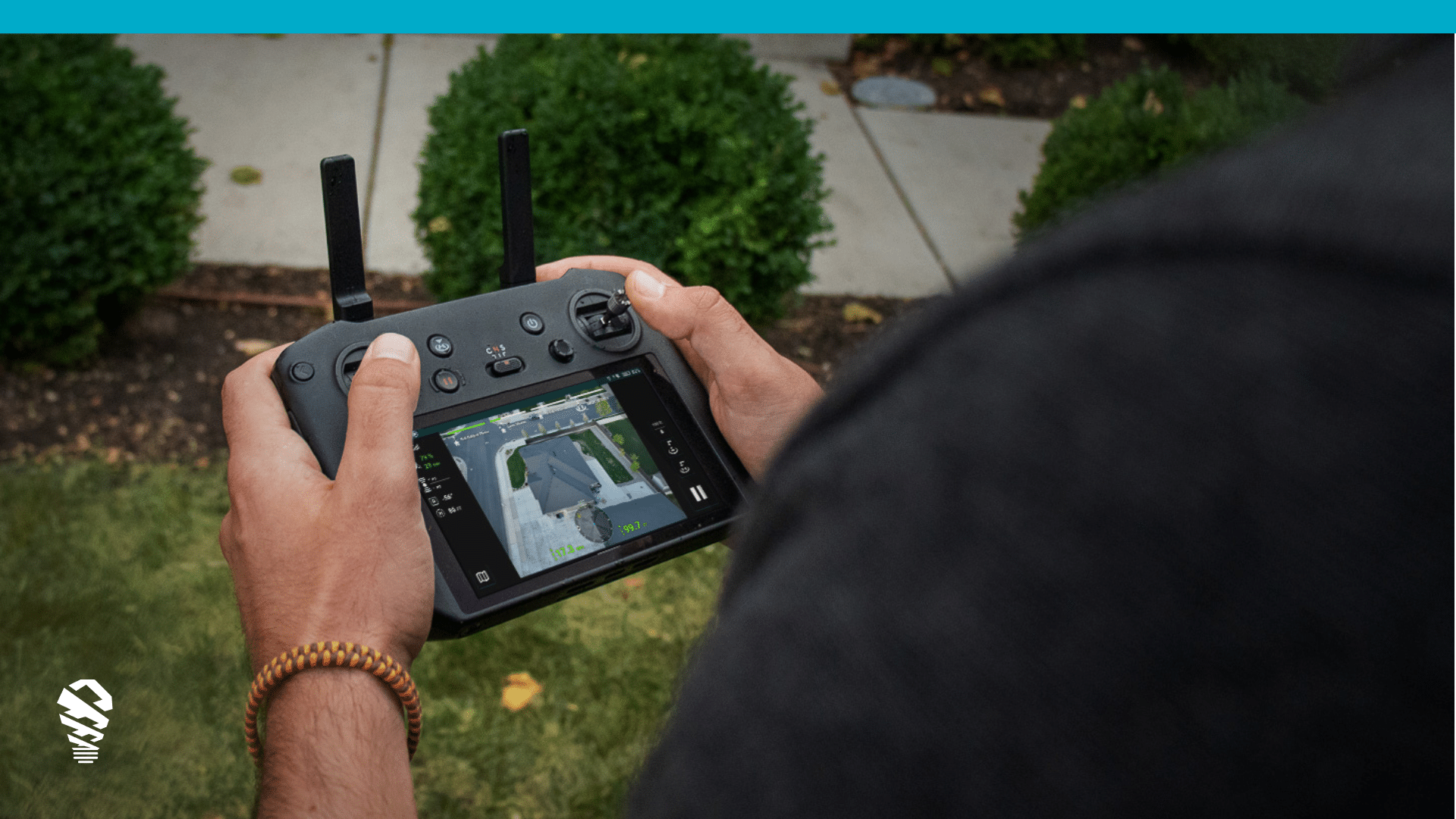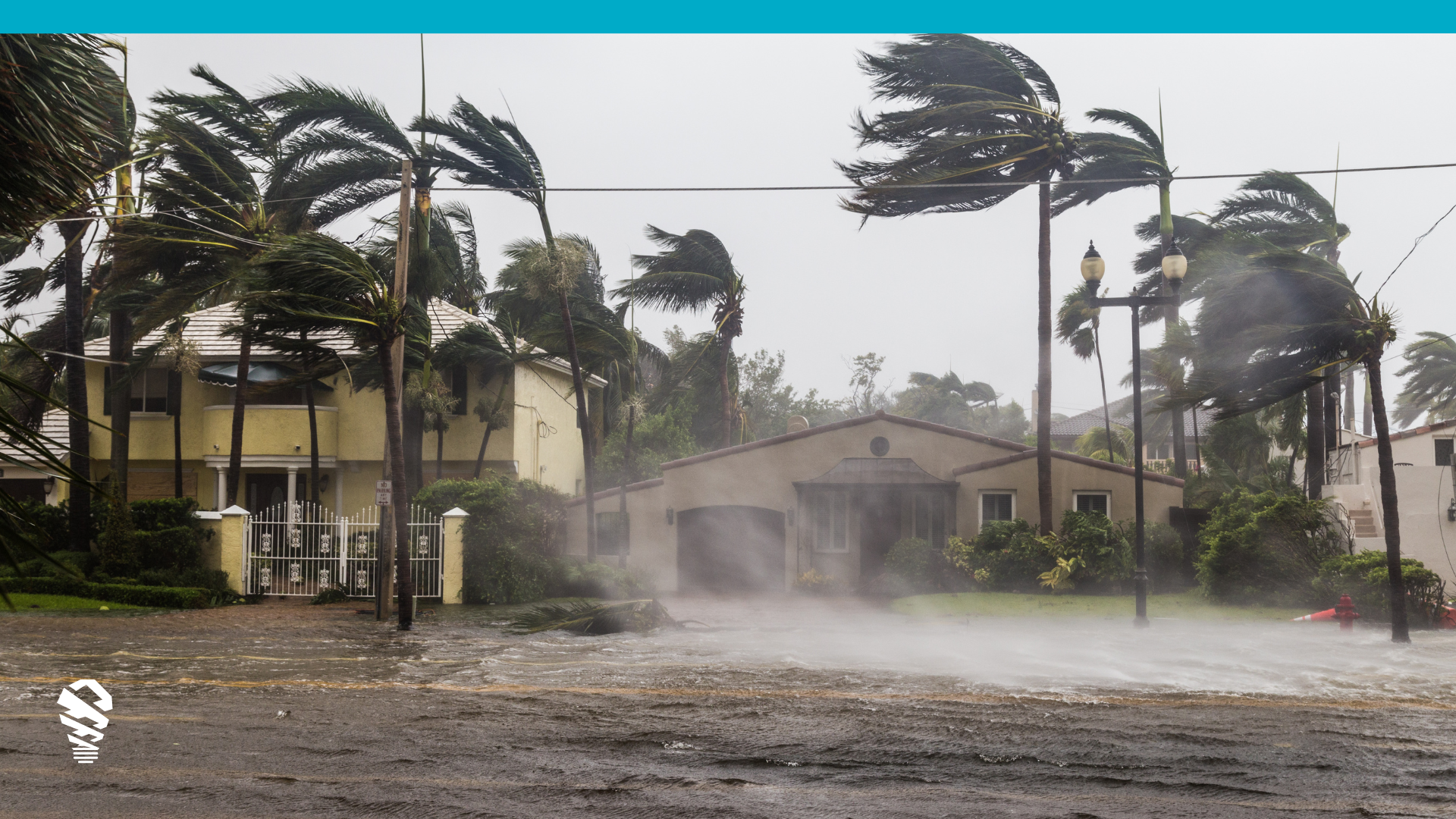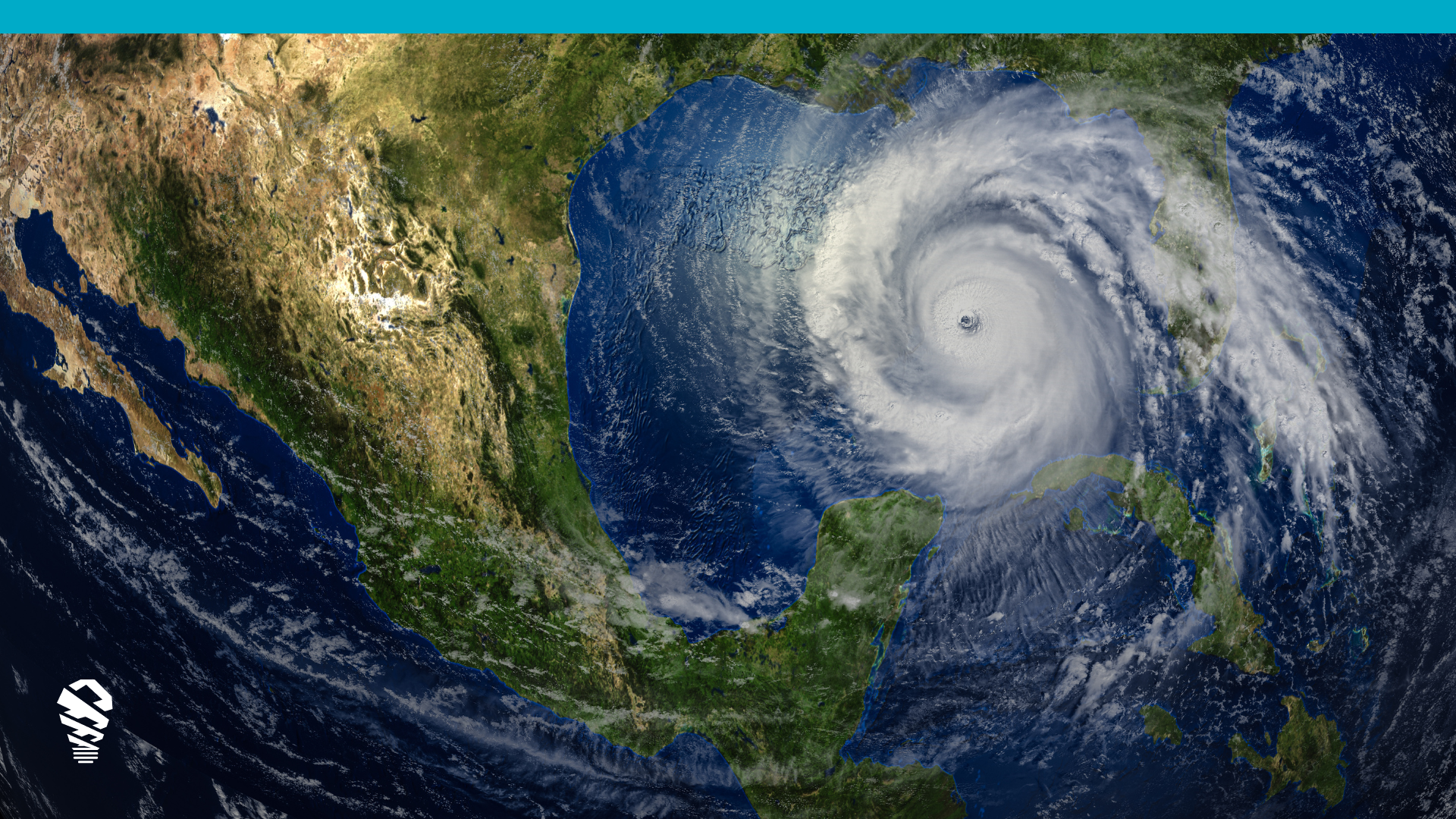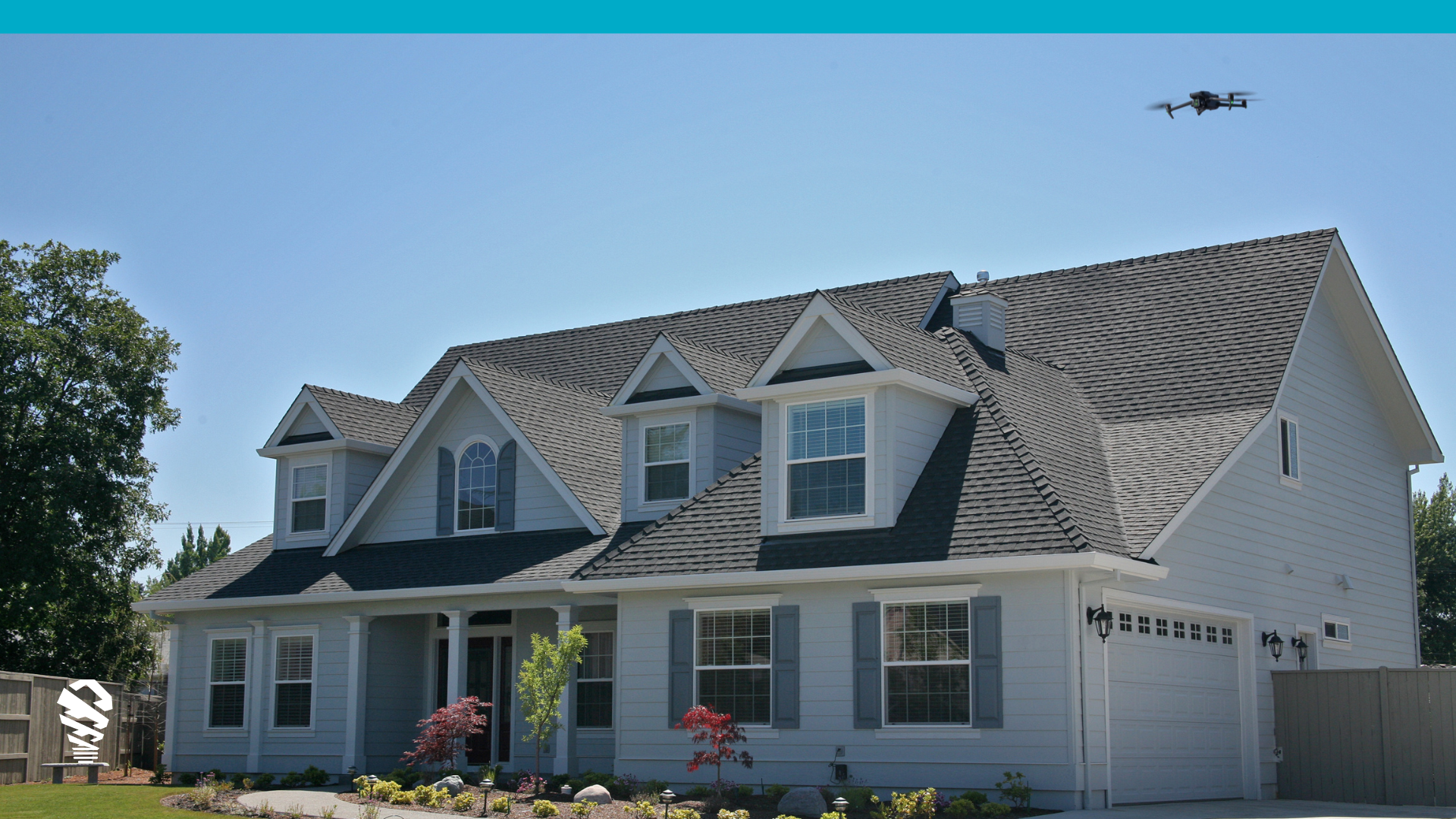Drone technology is an effective tool for many industries. One that’s seeing a lot of success adding drones to their repertoire is insurance. Insurance has been one of the slower industries to innovate, but drones for insurance inspections are proving to be a productive way to reduce LAE, improve efficiency, and keep adjusters safer. Several companies are now offering drone solutions for the insurance industry, but with all the available options, how does an insurance pro choose a partner for a drone solution? There are a few key factors you should consider.
The People
Technology is great, but like all tools, it’s important to have good people behind them. The right partner will have employees who are experienced in your industry, who are service-oriented, and who are focused on helping you give your customers the excellent experiences they deserve. Pay close attention to how attentive a provider is as you interact with them, ask about their support, and take your time to get a good feel for the kind of people you’ll be working with – relationships often matter more than the tools themselves.
The Hardware
There are some important aspects of hardware you’ll want to address when choosing your partner. Here are some questions to think about.
What style of drones are they providing?
There are a few types of drone. The two most common are copter-style drones, which typically use four or more propellers, and fixed-wing drones, which resembles a modern airplane. For insurance purposes, a copter-style is the best fit because they can hover over a property, focus on the small details, and they’re highly maneuverable. Fixed wings are a better fit for surveying large areas, such as mines or farms, though they can be effective for catastrophic response.
How good are the cameras and accessories?
For a roof inspection, you’ll need a drone built with a quality camera. It should be high enough resolution to show even the slightest hail or wind damage, and many drone solutions take advantage of adjustable gimbals in order to get a variety of high-quality images. Drones should also come with a controller that enables the pilot to make corrections and adjustments, or even to fly manually when they choose to.
Do they build hardware themselves or work with a well-known drone manufacturer?
Some companies can provide you with their own custom hardware while others use a partner like DJI to provide hardware. This is important to note because it’s often much less expensive when you choose a partner who uses a drone from a third-party. Plus, if you accidentally damage your drone, it’s much simpler to replace the drone or get new parts if the drone is from a widely used manufacturer.
The Software
Software is imperative to the success of a drone solution. Look for efficient methods of not just gathering, data but also analyzing data. The best drones for insurance inspections will have features specifically designed to augment insurance workflows.
Consistent Data Collection – With predefined photo albums and instructions custom to each carrier, features like our Inspect List help ensure consistent data collection across your organization.
Mobile Functionality – A cloud-based mobile app is big plus due to its added convenience. An ideal app will have ways to map flights, monitor flight progress, view previous jobs, make in-flight adjustments, and many other things.
Automated Flight – After you map a flight, flying is as simple as pressing a button. The drone will take flight and follow its assigned flight patterns and return to the pilot automatically.
Artificial Intelligence – A.I, is making its way into many drones for insurance inspections, and a good partner will understand how A.I. and deep learning tools can power decision-making. Many systems can automatically identify hail or wind damage and can often instantly see things that a human would need hours to find.
Integration With Existing Workflows – Drones are new to the world of insurance, and most insurance carriers have a system that’s worked for them for a long time. When finding a partner for a drone solution, it’s important that the solution fits into existing workflows to make the transition from ladders to drones go smoothly. This could mean the partner helps train pilots or even sends their trained pilots to perform inspections.
Transparency and Accessibility – We’ve talked about the safety and speed benefits of drones for insurance inspections, but drone solutions also play a role in keeping everyone in the claims process on the same page, which can help carriers avoid fraud and other misunderstandings. All parties who play a role in the claims process should have access to the data they need, but a good drone provider will offer ways to limit access, so only people who need access have it.
Conclusion
Drones for insurance inspections are a great step forward for the industry. They make things safer, cheaper, and faster while providing reliable data. There will continue to be innovation within the industry and it’s crucial to research potential partners to make sure they have everything you need to do your best work. It’s not enough to just be safer and faster. Make sure your solution can get all the necessary data to keep you and your customers happy.








